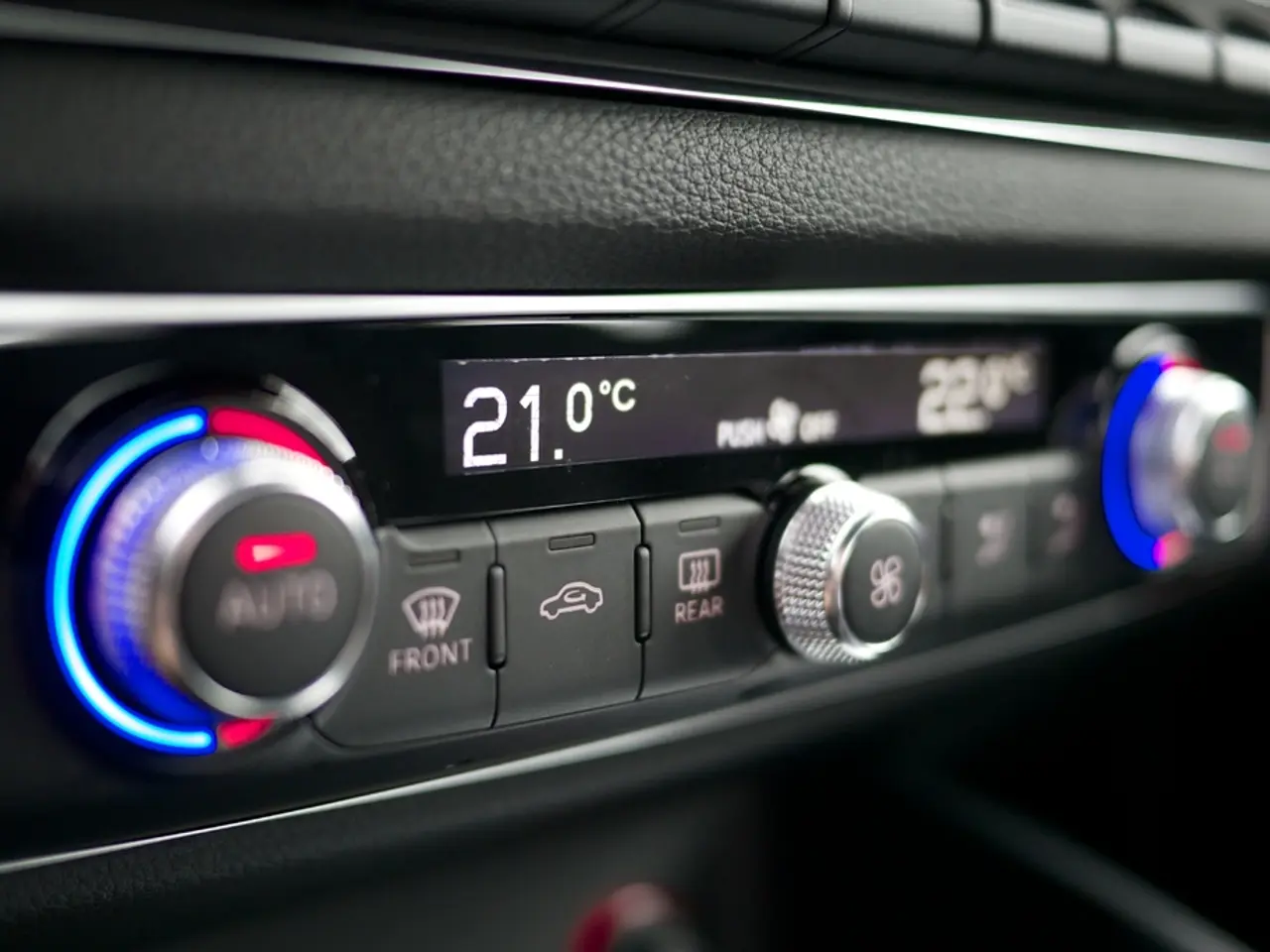Exploring Power Intensity
In the ever-evolving world of power management, the need for increased power density has become a significant focus for designers and researchers alike. One resource that delves deep into this topic is the "Delving Into Power Density" eBook series, spanning 14 volumes and counting.
The series, while not directly found in our search results, reflects the state-of-the-art themes in advanced research and industry events, particularly those from workshops and publications in 2025. Here's a glimpse into some of the key strategies for improving power density, as discussed in the series:
- Use of Wide Bandgap Semiconductors: Materials such as gallium nitride (GaN) and silicon carbide (SiC) transistors significantly enhance power density. These materials allow devices to operate at higher voltages, frequencies, and temperatures, reducing size and increasing efficiency in power conversion applications.
- Advanced Power Conversion Topologies: Innovative DC-DC converter topologies, such as Hard Switched Converters (HSC) and Zero Switching Converters (ZSC), alongside traditional resonant converters (STC and LLC), can improve efficiency and power density by minimizing switching losses and optimizing energy transfer.
- Compact High Energy Storage Materials: Developing high energy density capacitors using advanced ceramic technologies increases the energy storage capacity per unit volume, contributing to overall power density improvements in electronic components.
- Thermal Management and Integration: Efficient heat dissipation and system-level integration of components ensure that high switching frequencies and power densities do not lead to thermal failures, maintaining reliability and performance.
- System-Level Innovations: In evolving power distribution ecosystems, such as the shift to 48 V in data centers for AI workloads, complex multi-stage power conversions optimized for low loss and high power density are essential.
Each volume of the series explores specific applications and technologies related to power density. For instance, Volume 1 covers the benefits of high-power-density SiC MOSFETs, power density in hybrid energy storage systems, power density in 3D power packaging, and the basics of DC motor power density.
Volume 2 discusses the surging need for power density in railway systems, achieving power density for NASA aircraft and Mars rovers, GaN's power density carrying unlimited design potential, and boosting power density in automotive systems.
Volume 3 covers high power density in wind turbines, heat sinking to improve power density, data centers feeling the power density pinch, and achieving high power density with stacked inductors.
While we couldn't find specific information about Volumes 7, 10, 8, 6, 9, 12, 13, and 14 in our search results, they are likely to delve into topics such as lighting power density, handling high power density in additive manufacturing, applying ceramic technology for high power density, power density as a key factor for drone/UAV endurance, incident power density, new long-life solid-state batteries with high energy density, DC-DC converter using GaN for passive cooling, Electrical Power Systems for small satellites, choosing the right core materials for power density, power density in NASA small spacecraft systems, power density considerations for the Moon and Mars, and more.
These strategies collectively push power density higher while preserving or enhancing efficiency and reliability, making them valuable insights for any power management professional.
- The "Delving Into Power Density" eBook series, which includes various volumes, often discusses the utilization of power electronics technology, such as the use of Wide Bandgap Semiconductors like gallium nitride (GaN) and silicon carbide (SiC) transistors, to increase power density in power conversion applications.
- In Volume 3 of the series, there is a concentration on high power density in wind turbines, a specific application of power electronics technology that aids in enhancing power density.




